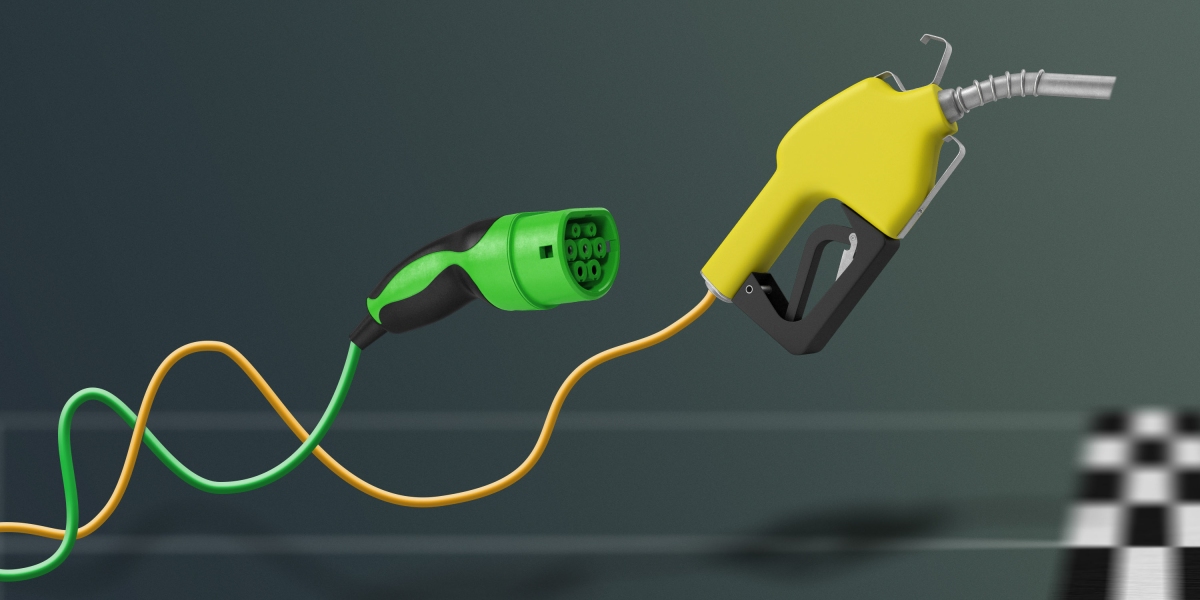
Several major car companies, including GM and Volvo, have announced plans to produce only electric cars by or before 2035, in anticipation of the transition. But not all automakers are on the same page.
Notably, Toyota, the world’s largest automaker, has emphasized that it plans to offer a range of options, including hydrogen-fuel-cell vehicles, instead of focusing exclusively on electric vehicles. A Toyota spokesperson told MIT Technology Review that the company is focused on how to reduce carbon emissions most quickly, rather than how many vehicles of a certain type it can sell.
The company has continued releasing new hybrid vehicles, including plug-in hybrids that can drive short distances on electricity using a small battery. In November, Toyota announced the 2023 edition of its Prius Prime, a plug-in hybrid.
Some environmental groups have criticized the company’s slow approach to EVs. To get to zero emissions, they argue, we will need all-electric vehicles, and the sooner the better.
But in recent interviews, Toyota CEO Akio Toyoda has raised doubts about just how fast the auto industry can pull a U-turn on fossil fuels, calling the US target of making EVs reach half of new car sales by 2030 a “tough ask.” While Toyota plans for EV sales to reach 3.5 million by 2030 (or 35% of its current annual sales), the company also sees hybrids as an affordable option customers will want, and one that can play a key role in cutting emissions.
A tale of two hybrids
Two different categories of vehicles are referred to as hybrids. Conventional hybrid electric vehicles have a small battery that helps the gas-powered engine by recapturing energy during driving, like the energy that would otherwise be lost during braking. They cannot drive more than a couple of miles on battery power, and slowly at that. Rather, the battery helps boost gas mileage and can provide extra torque. The original Toyota Prius models are among the most familiar traditional hybrid vehicles.
Plug-in hybrid vehicles, on the other hand, have a battery about 10 times larger than the one in a traditional hybrid, and that battery can be plugged in and charged using electricity. Plug-in hybrids can typically run 25 to 50 miles on electricity, switching over to their gasoline engine for longer distances. The Prius Prime, introduced in 2012, is a plug-in hybrid.
Conventional hybrids are far more common in the US than either all-electric or plug-in hybrid vehicles, though sales of electric vehicles have grown quickly over the past several years.






